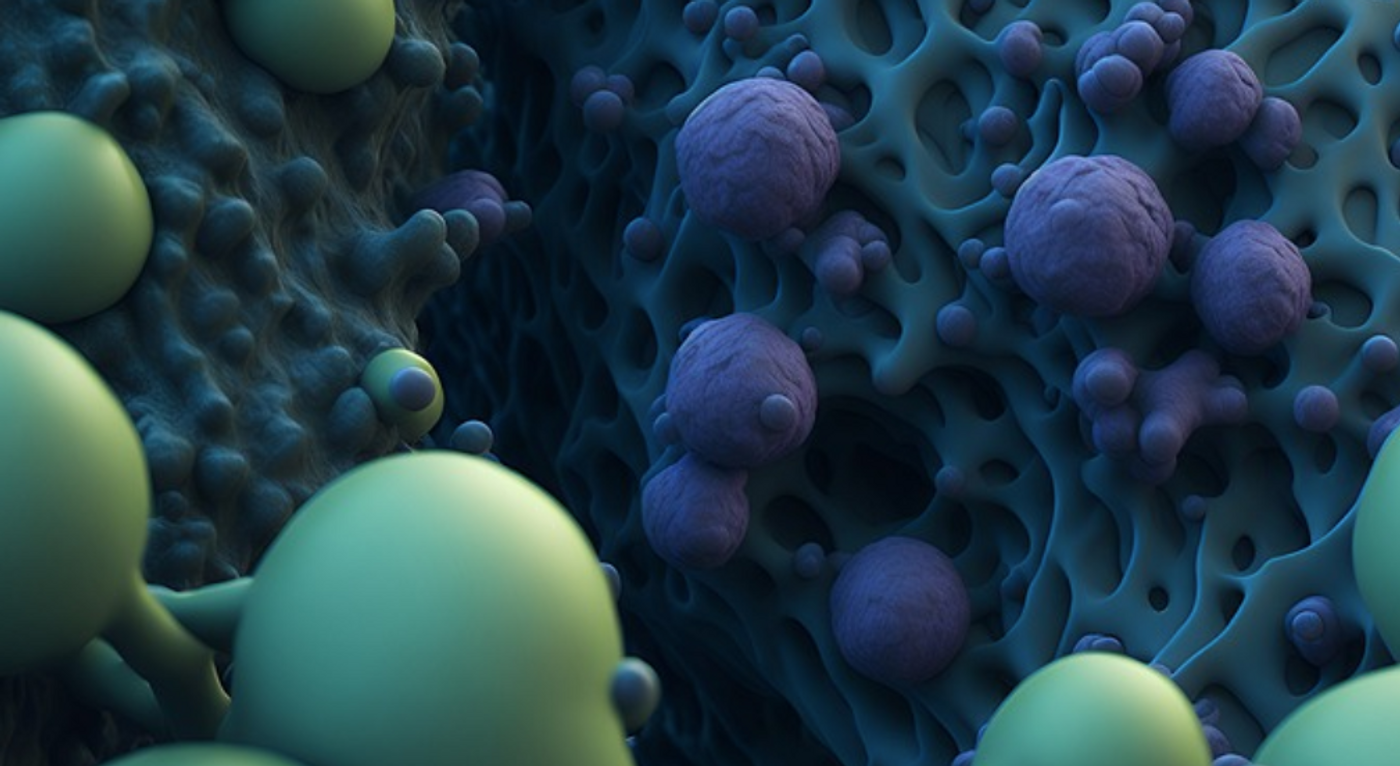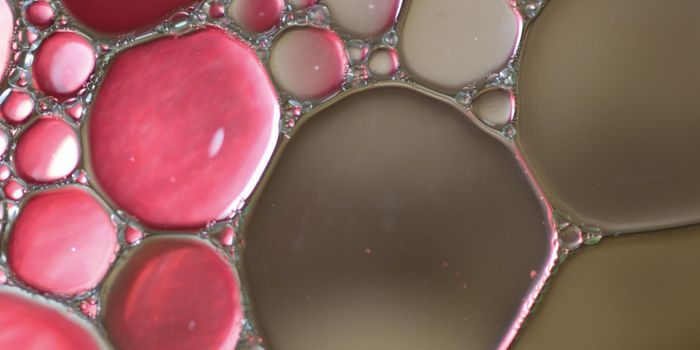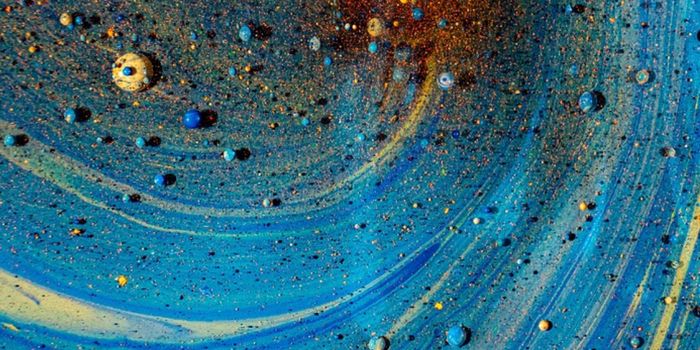A Common Food Additive Can Alter the Gut Microbiome
Preservatives can be important additions to food products, because they help reduce the likelihood of foodborne illness. Food preservatives are usually meant to destroy microbes or neutralize the byproducts they generate that can ruin the food. For ages, people have used common ingredients like salt, alcohol, vinegar, and even sugar to preserve food. But in our modern world, many other chemicals have been engineered as preservatives, such as calcium disodium EDTA, sodium benzoate, calcium propionate, and potassium sorbate.
Humans aren't the only ones out to kill microbes; the threat also comes from other microbes. Many bacteria generate molecules that can eliminate their microbial competitors, which might want to use the same space or resources. Bacteriocins are antimicrobial molecules that are produced by bacteria. One type of bacterioricin is lanthipeptides, which are sometimes known as lantibiotics because of their powerful antibiotic characteristics. Lantibiotics are commonly used in food production.
New research reported in ACS Chemical Biology has highlighted how little we known about the impact that lantibiotics may have on human gut microbiomes. The gut microbiome is known to have an intimate connection to human health and well-being. Disruptions to the balance of that microbiome can have serious effects, and some food preservatives could be having a detrimental effect.
This research has shown that a common class of lantibiotics disrupts microbial pathogens, as well as healthy gut bacteria that are a normal and important part of the human gut microbiome.
Nisin is one lantibiotic that can be found in many products, ranging from beer to cheese to sausage. It also comes from bacteria that reside in cow mammary glands, but there are similar lantibiotics made in the human gut microbiome as well.
In this study, the investigators searched databases of human gut bacterial genes, looking for those that make nisin-like lantibiotics. They found six, four of which were not previously known. After generating more of these chemicals in the lab, the researchers tested their effects and found that although the impacts were varied, all of them could kill friendly and pathogenic bacteria.
"This study is one of the first to show that gut commensals are susceptible to lantibiotics, and are sometimes more sensitive than pathogens," said Zhenrun "Jerry" Zhang, PhD, a postdoctoral scholar in the lab of Eric Pamer, MD, a Professor and Director of the Duchossois Family Institute at the University of Chicago. "With the levels of lantibiotics currently present in food, it's very probable that they might impact our gut health as well."
These lantibiotics, whether they come from food or bacteria, might not always be healthy, noted Zhang. So the researchers are trying to find ways to counteract the harmful impacts, while promoting their healthy aspects.
Sources: University of Chicago, ACS Chemical Biology









